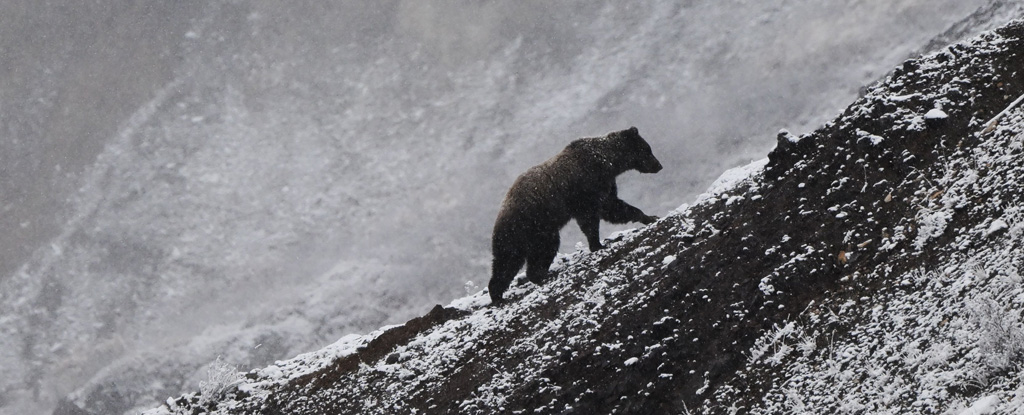Some parts of the Arctic don't look very polar anymore.
Many regions are likely transforming from snowfall- to rainfall-dominant climates, according to the National Oceanic and Atmospheric Administration.
"At the fringes, the transition is essentially occurring already," John Walsh, chief scientist at the International Arctic Research Center at the University of Alaska Fairbanks, said in a briefing at the fall meeting of the American Geophysical Union on Tuesday.
In the next few decades, he said, rain will become the main form of precipitation over most of the Arctic fringes.
A 2021 study in the journal Nature Communications found that rainfall could take over in parts of the Arctic as early as the 2060s.
That's because temperatures are rising and precipitation is increasing across the Arctic due to the greenhouse gases emitted by humans' use of fossil fuels.
NOAA released its annual Arctic report card on Tuesday, reporting that the polar region continues to warm twice as fast as the rest of the planet.
That's causing Arctic sea ice to diminish, the tundra to turn green with vegetation, and sea birds to starve to death in droves.
It's not just that the Arctic is changing. In some places, we're losing it. That's a problem for the whole planet.
A rainy Arctic loses its snow cover more quickly, speeding up climate change there and exposing more permafrost – vast areas of frozen ground that are slowly thawing and releasing large amounts of the dangerous greenhouse gas methane.
Some tundra doesn't look so Arctic anymore
For the first time this year, NOAA has determined that Arctic precipitation – either rain or snow – is increasing across all seasons.
"The precipitation story, I feel like it's finally emerging," Uma Bhatt, who leads atmospheric sciences at the University of Alaska Fairbanks Geophysical Institute, told Insider.
What's causing more rain
There are a few possible explanations, Walsh said:
- More moisture is available as sea ice melts away, leaving more open ocean to evaporate into the atmosphere.
- A warmer atmosphere holds more moisture, allowing it to drop more rain or snow.
- More storms are passing over more open water, and warmer water. That can fuel more intense storms with heavier precipitation.
Whatever the case, in the coldest regions like eastern Siberia or northern Canada, that means more snowfall.
But in places like southwest Alaska, that means rain falling on top of snow, then freezing. That's what happened in Fairbanks in December 2021, when nearly an inch and a half of rain fell and then froze.
Roads became dangerous. Schools closed. Caribou and other grazing animals couldn't eat grass because it was covered with ice.
"These freezing rain events can be devastating, because the ice layer can persist for months until the spring thaw," Walsh said.
Rain is blending seasons together
As rain blends seasons together, snow melts away earlier, more shrubs grow in its place, and places like southwest Alaska are primed for big wildfires, Bhatt said.
The 2022 Alaskan wildfire season reached 1 million acres burned more quickly than any prior season on record and ended with 3 million acres burned statewide.
Bhatt is part of a group of researchers assessing whether the Arctic tundra in southwest Alaska should be reclassified as sub-Arctic tundra.
"Lately a lot of us have been reflecting on how much things have changed in the last 20 years. It's changed a lot," she said. "And I don't know what they'll look like in 10 years."
This article was originally published by Business Insider.
- Karlston
-

 1
1



Recommended Comments
There are no comments to display.
Join the conversation
You can post now and register later. If you have an account, sign in now to post with your account.
Note: Your post will require moderator approval before it will be visible.